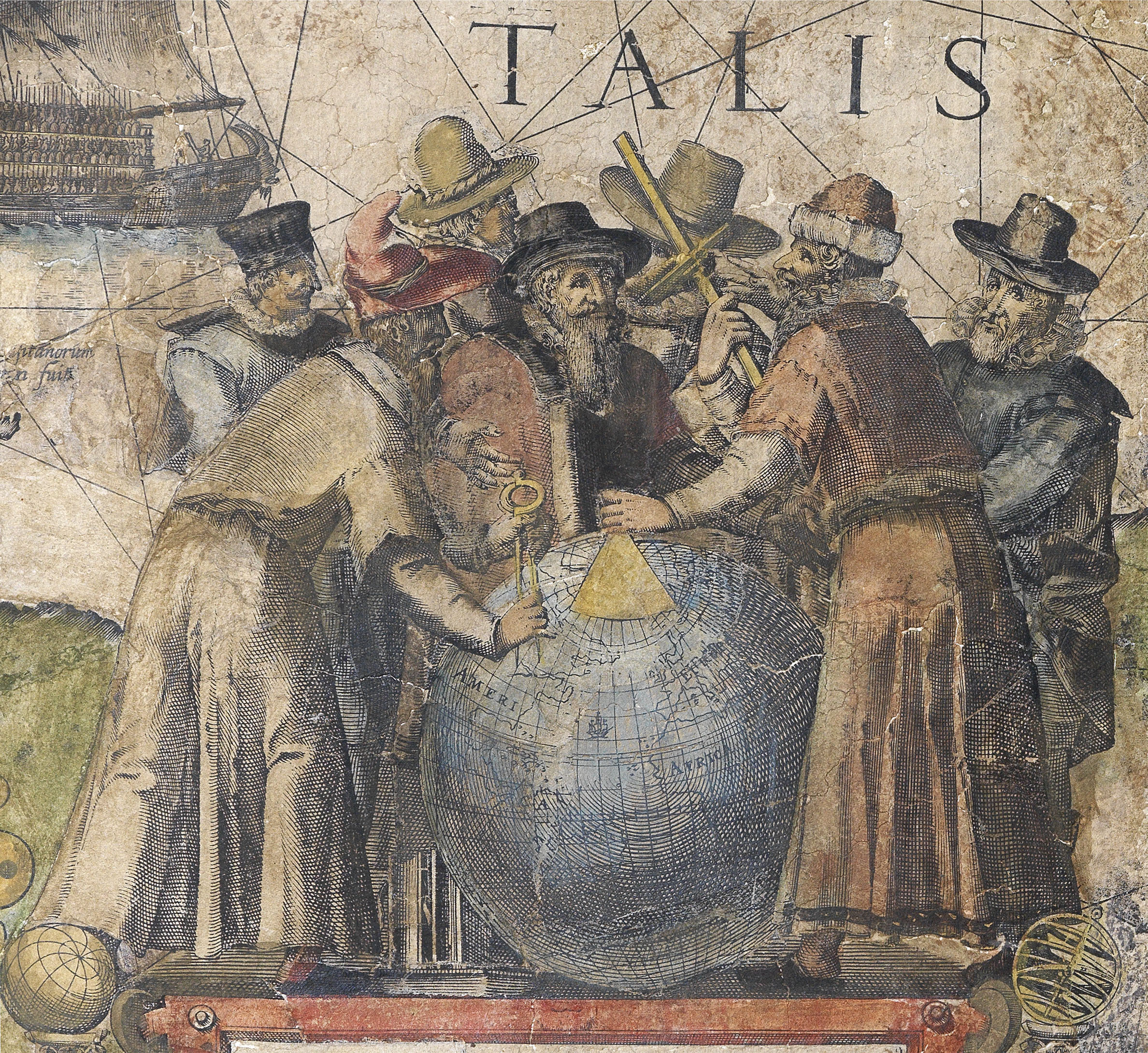John Cary
(1755 - 1835)

John Cary was described by his biographer, George Fordham as the “most prominent and successful exponent of his time… the founder of what we may call the modern English school [of mapmaking]”. He was a hugely prolific engraver and mapmaker, thought to have made upwards of six hundred individual maps and perhaps one thousand separate plates.
He was apprenticed to the engraver and globemaker, William Palmer, in the Goldsmiths Company, on 7th March 1770 and made free in 1778; his early career was as a jobbing engraver, supplying maps and plates for a series of books and magazines. His first publication was a now very rare An Accurate Map of the United States of America, with part of the surrounding provinces agreeable to the Treaty of Peace of 1783, one of the earliest maps to recognise the newly independent United States.
John Cary’s first major publication, which established a format he favoured over much of his career, was a pocket road book, Cary’s Actual Survey, of the Great Post Roads between London and Falmouth, published in 1784; he was among the first to recognise the importance of the post and turnpike roads, and the market for maps of them; his role was recognised by his appointment in 1794 as Surveyor of Roads to the General Post Office; Cary’s Actual Survey Of The Country Fifteen Miles Round London and Cary’s Actual Survey Of Middlesex, both 1786, his Survey of the High Roads from London to Hampton Court, Bagshot, Oakingham (1790), Cary’s Traveller’s Companion (1790, with many later editions), Cary’s New Map of England & Wales, with part of Scotland (1794) and Cary’s New Itinerary (1798) were prepared in a similar vein.
There followed Cary’s New and Correct English Atlas (1787), the first truly new county atlas for nearly forty years. The geographical material and engraving were high quality, but it was not designed for the more traditional “luxury” top end, rather the broader middle market, and the approach succeeded. The atlas was very successful, to the extent that the printing plates became worn out keeping up with demand.
Thus it was that Cary captured the middle market, while rival firms, such as William Faden, were still focussed on the top end. That is not to say Cary ceased to produce quality items: there were many such, for example large-scale county maps, notably Richard Davis’s A New Map of the County of Oxford, from an actual survey (1797) and George Yates’s A Map of the County Of Glamorgan; from an actual survey (1799), or Fréderic-François Guillaume de Vaudoncourt’s A New Map of Greece.
As his success grew, he became more ambitious; Cary’s New Universal Atlas, containing distinct Maps of all the Principal States and Kingdoms throughout the World (1808, with later editions) and Cary’s New English Atlas (1809) were more substantial publications than normal.
In another way, Cary proved forward thinking, although he is rarely credited for the connection. An impoverished geologist approached Cary seeking backing to help get a map published. The man was William Smith; the map, A Delineation of the Strata of England and Wales, with Part of Scotland was to be the first geological map of England and Wales, printed on fifteen sheets, a towering achievement both for its author and its publisher, John Cary.
When his shop was destroyed by fire, the elder John retired, in favour of his two sons; while they continued to produce a few maps, notably a fine map of London and its Vicinity (1820), John (II), was more an optical and mathematical instrument-maker, and George (II) a globe and instrument maker.
 Rare Maps
Rare Maps  Rare Atlases
Rare Atlases  Rare Books
Rare Books  Rare Prints
Rare Prints  Globes and Planetaria
Globes and Planetaria 






